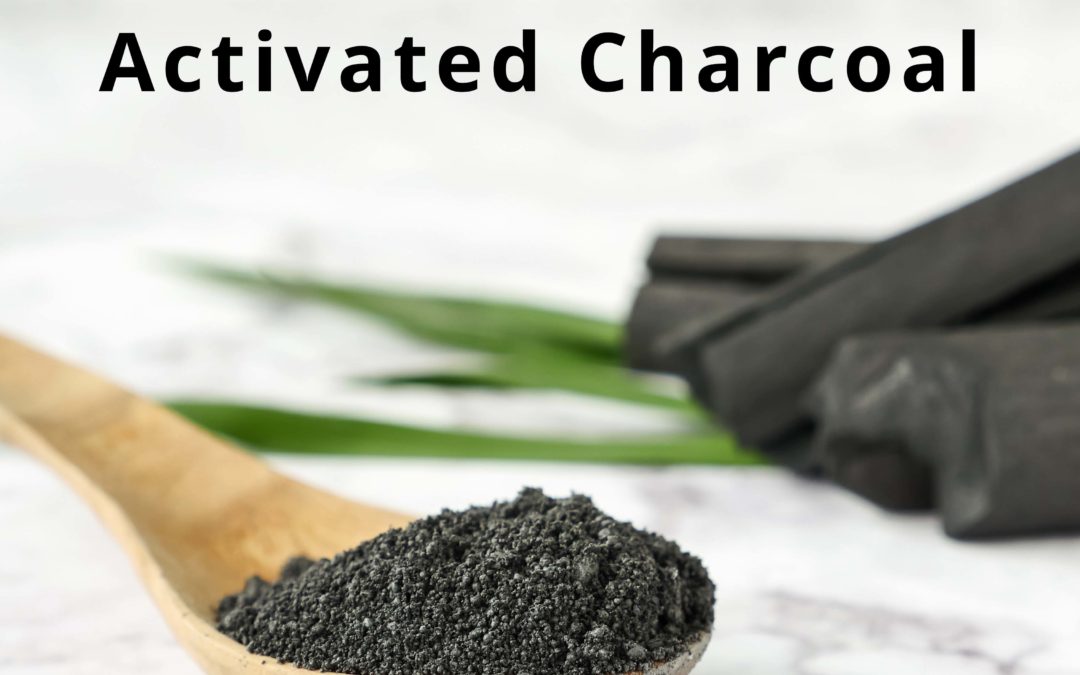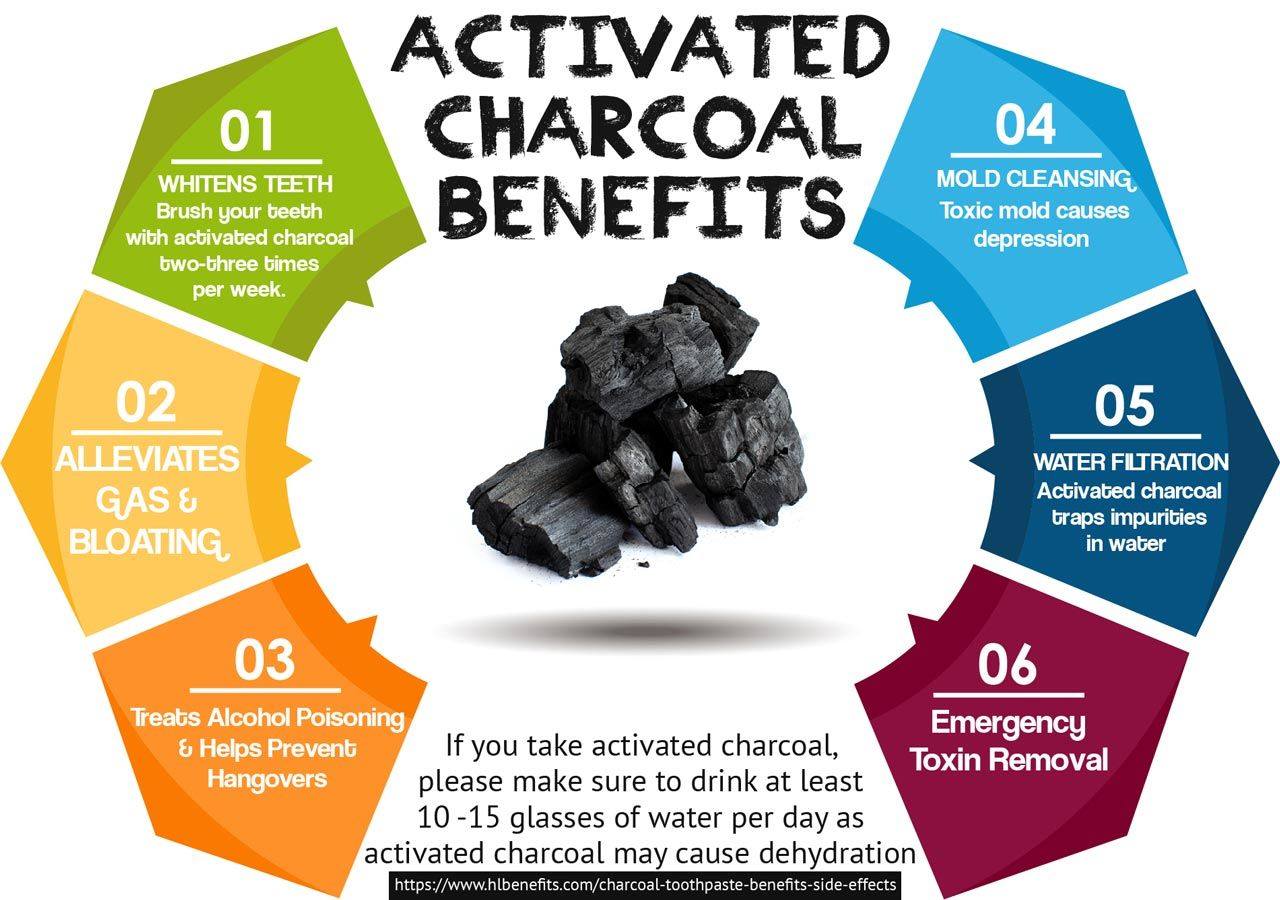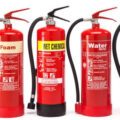Activated charcoal is a fine, odorless, black powder often used in emergency rooms to treat overdoses. Its toxin-absorbing properties have a wide range of medicinal and cosmetic uses, though none are scientifically proven. The black powder stops toxins from being absorbed in the stomach by binding to them. The body is unable to absorb charcoal, and so the toxins that bind to the charcoal leave the body in the feces.
How long does it take for activated charcoal to start working?
So, the sooner activated charcoal is taken after swallowing the drug or poison, the better it works—generally within 30 to 60 minutes. The toxic molecules will bind to the activated charcoal as it works its way through your digestive tract, and then they will leave your body together in your stool.
Possible uses of activated charcoal in Nigeria
Authorities in the Nigerian health sector have only approved activated charcoal for the emergency treatment of overdoses or poisonings. But due to its powerful toxin-clearing properties, some advocates have proposed activated charcoal as a treatment for an ever-growing list of conditions.
There is not sufficiently conclusive, large-scale research to establish what the benefits are of activated charcoal. Many over-the-counter (OTC) products also rely on the basic chemical principles of activated charcoal to defend their benefit claims.
A few of the uses of activated charcoal with some evidence include the following:
Kidney health: Activated charcoal may be able to assist kidney function by filtering out undigested toxins and drugs. Activated charcoal seems to be especially effective at removing toxins derived from urea, the main byproduct of protein digestion. More research is needed, but some animal studies show that activated charcoal may help improve kidney function and reduce gastrointestinal damage and inflammation in those with chronic kidney disease. A 2014 study saw rats with induced, chronic kidney disease given 4 grams (g) per kilogram per day of an oral activated charcoal preparation. The researchers found that the animals had significant reductions in intestinal inflammation and damage.
In another 2014 study, rats with induced chronic renal failure were fed mixtures containing 20 percent activated charcoal, and they also experienced improved kidney function and a reduced rate of kidney inflammation and damage.
Intestinal gas: Activated charcoal powder is thought to be able to disrupt intestinal gas, although researchers still do not understand how. Liquids and gases trapped in the intestine can easily pass through the millions of tiny holes in activated charcoal, and this process may neutralize them. In a 2012 study, a small sample of people with a history of excessive gas in their intestines took 448 milligrams (mg) of activated charcoal three times a day for 2 days before having intestinal ultrasound examinations. They also took another 672 mg on the morning of the exam.
The study showed that medical examiners were better able to see certain parts of some of the organs they intended to identify with the ultrasound whereas intestinal gas would have obscured these before the treatment.
Also, some 34 percent of the participants who were given the activated charcoal to reduce their gas had improved symptoms.
In a 2017 study, people who took 45 mg of simethicone and 140 mg of activated charcoal three times daily for 10 days, all reported a significant reduction in abdominal pain with no side effects.
The research is still limited, but a panel of the European Food Safety Authority (EFSA) reports that there is enough evidence to support the use of activated charcoal to reduce excessive gas accumulation.
There is no set way to use activated charcoal for intestinal gas, but the EFSA recommends taking at least 1 g at 30 minutes before and after each meal.
Water filtration: People have long used activated charcoal as a natural water filter. Just as it does in the intestines and stomach, activated charcoal can interact with and absorb a range of toxins, drugs, viruses, bacteria, fungus, and chemicals found in water. In commercial settings, such as waste-management centers, operators often use activated carbon granules for one part of the filtration process. Dozens of water filtration products are also designed for at-home use, using carbon cartridges to purify water of toxins and impurities.
A 2015 study found that water filtration systems that used carbon removed as much as 100 percent of the fluoride in 32 unfiltered water samples after 6 months of installation.
Diarrhea: Given its use as a gastrointestinal absorbent in overdoses and poisonings, it follows that some people might propose activated charcoal as a treatment for diarrhea. In a 2017 review of recent studies on the use of activated charcoal for diarrhea, researchers concluded that it might be able to prevent bacteria and drugs that can cause diarrhea from being absorbed into the body by trapping them on its porous, textured surface.
While noting it as a suitable treatment for diarrhea, the researchers also pointed out that activated charcoal had few side effects, especially in comparison with common antidiarrheal medications.
Teeth whitening and oral health: Dozens of teeth-whitening products contain activated charcoal. Many oral health products that contain activated charcoal claim to have various benefits. Activated charcoal’s toxin-absorbing properties may be important here, but there is no significant research to support its use for teeth whitening or oral health. In a 2017 review, researchers concluded there was not enough laboratory or clinical data to determine the safety or effectiveness of activated charcoal for teeth whitening or oral health.
Skincare: Researchers have reported that activated charcoal can help draw microparticles, such as dirt, dust, chemicals, toxins, and bacteria, to the surface of the skin, to make removing them easier.
Deodorant: Various activated charcoal deodorants are widely available. Charcoal may absorb smells and harmful gases, making it ideal as an underarm, shoe, and refrigerator deodorant. Activated charcoal is also reported to be able to absorb excess moisture and control humidity levels at a micro-level.
Skin infection: Around the world, many different traditional medicine practitioners use activated charcoal powder made from coconut shells to treat soft tissue conditions, such as skin infections. Activated charcoal may have an antibacterial effect by absorbing harmful microbes from wounds. Several are available commercially.
How To Make Activated Charcoal In Nigeria
The manufacture of activated charcoal makes it extremely adsorbent, allowing it to bind to molecules, ions, or atoms. In this way, it removes these from dissolved substances.
Making activated charcoal involves heating carbon-rich materials, such as wood, peat, coconut shells, or sawdust, to very high temperatures. This ‘activation’ process strips the charcoal of previously absorbed molecules and frees up binding sites again. This process also reduces the size of the pores in the charcoal and makes more holes in each molecule, therefore, increasing its overall surface area. As a result, one teaspoon full of activated charcoal has more surface area than a football field.
Step 1: Build a medium-sized fire in a safe area. An outdoor fire will likely be the easiest for making activated charcoal, but you can also do this in your home fireplace. The fire should be hot enough to cause wood pieces to burn. Take safety precautions when lighting a fire and always keep a fire extinguisher nearby or water.
Step 2: Pack a metal pot with small pieces of hardwood. If hardwood is not available, you can substitute almost any dense, fibrous plant material, like coconut shells. Insert your hardwood pieces or plant material into a metal pot, then cover it with a lid. The lid of your pot should have a vent hole, though airflow to the inside of the pot should be limited throughout this process. You could use a camp cookware kettle so the air can escape through the spout, for instance. The material you burn should be as dry as possible before you put it in the pot.
Step 3: Cook the pot on an open fire for 3 to 5 hours to make charcoal. Set the lidded pot on the fire. As the material cooks, you should see smoke and gas escape from the vent hole in the lid. Doing this will burn away everything from the material except the carbon (charcoal) in it. When no more smoke or gas seems to be coming from your pot, it’s likely finished cooking.
Step 4: Clean the charcoal with water once it cools. The charcoal now in your pot will stay hot for a while. Give it plenty of time to cool down. When it’s cool to the touch, transfer the carbon to a clean container and rinse it with cool water to remove ash and any remaining debris, then drain the water.
Step 5: Grind up the charcoal. Transfer the cleaned charcoal to a mortar and pestle and grind it up into a fine powder. Alternatively, you could put the carbon in a durable plastic bag and crush it up into a fine powder with a tenderizing mallet or a hammer.
Step 6: Allow the charcoal powder to air dry completely. If you used a plastic bag, transfer the powder to a clean bowl, otherwise, you can leave it in the mortar. In about 24 hours, the powder should be dry. Confirm the dryness with your fingers; the powder should be fully dry before you move on to the activation process.
Activating the Charcoal
Step 7: Combine calcium chloride and water in a 1:3 ratio. Be careful when you mix these substances; doing so will cause the solution to get very hot. You’ll need enough of the solution to cover the charcoal completely. For normal-sized batches of charcoal, 100 g (3.5 oz) of chloride mixed with 1.3 cups (310 ml) of water should be enough. Calcium chloride can be bought at most hardware stores, home centers, and general retailers.
Use bleach or lemon juice as an alternative to the calcium chloride solution. If you can’t find calcium chloride, you can substitute it for bleach or lemon juice. Just use either 1.3 cups (310 ml) of bleach or 1.3 cups (310 ml) of lemon juice instead of the calcium chloride solution.
Step 8: Stir together the calcium chloride solution and charcoal powder. Transfer the dry charcoal powder to a stainless steel or glass mixing bowl. Add the calcium chloride solution (or the lemon juice or the bleach) to the powder in small increments, stirring it with a spoon as you do so. When the mixture reaches paste consistency, stop adding the solution.
Step 9: Cover the bowl and let the charcoal sit for 24 hours. Cover the bowl and allow it to sit untouched. After that, drain as much of the remaining moisture from the bowl as possible. At this point, the charcoal should be wet, but not saturated.
Step 10: Cook the charcoal for another 3 hours to activate it. Return your charcoal to the (cleaned) metal pot and put it back on a fire. The fire will need to be hot enough to boil water for the charcoal to activate. After cooking for 3 hours at this temperature, the charcoal will be activated. ALSO SEE: Side Effects Of Raw Nigerian Honey







